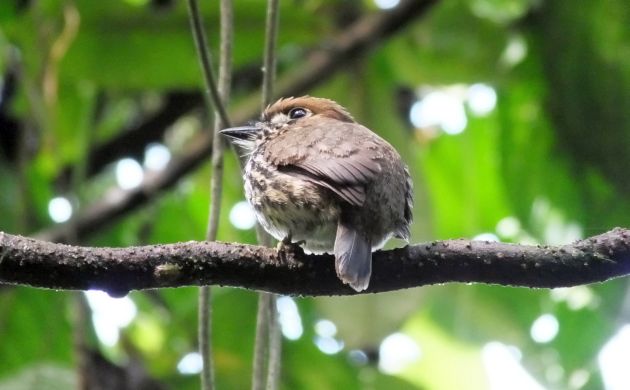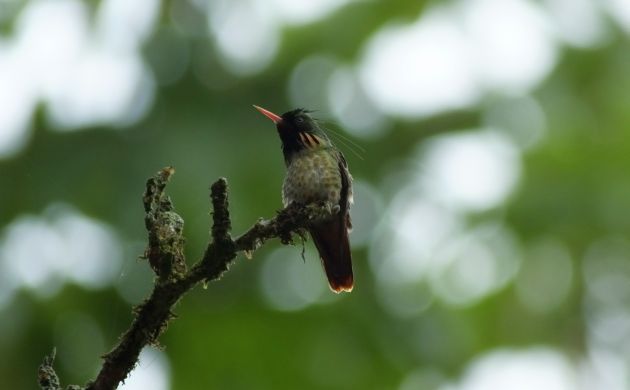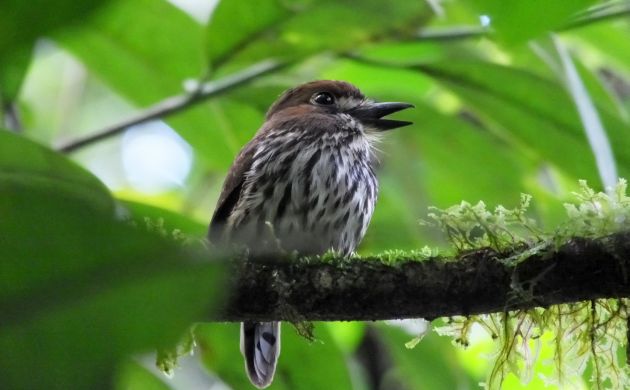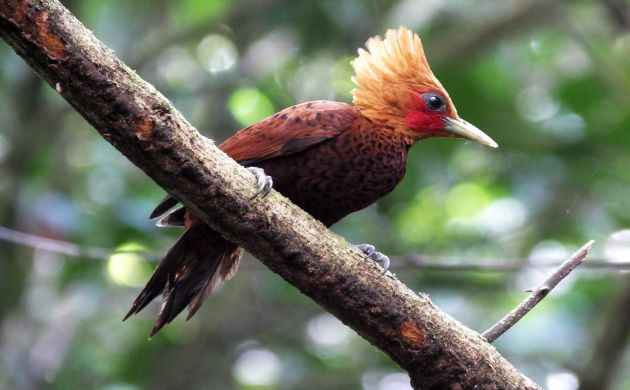
January kicks off the high season for birding in Costa Rica. The winds of the dry season keep the clouds away for half of the country, and guides are busy showing people tanagers, guans, and (with luck) a Resplendent Quetzal or two. I have been doing my fair share of guiding and that’s why February has crept up on me with the stealth of a Puma. Since January is already over, it’s high time for me to state a few birding goals for the year and give totals for my year list:
- More eBird: Everyone should be doing the eBird thing, me included. I’m trying to keep up with it although honestly, it’s one of the last things I feel like doing after a long day of guiding. I do appreciate eBird though, and since it doesn’t take that long to make a list, that cold beer can wait for five or ten more minutes.
- Identifying 600 species: This is an annual goal of mine and, in Costa Rica, is feasible even if you stick to birding once a week. You just have to make sure that you hit some strategic locations. Last year, I got 654 species.
My year Chestnut-colored Woodpecker gave some ridiculously nice looks.
- Catching some coastal migration: A lot of migrants pass through Costa Rica and most do so near the Caribbean coast. Bird the right places on the coast during April or October and you can see a constant, crazy stream of Chimney Swifts and swallows, flock after flock of Eastern Kingbirds and Scarlet Tanagers, a river of raptors, and maybe a vagrant wood-warbler, vireo, or flycatcher.
- Doing a Big Day: Once again, I really want to do a Big Day and once again, I hope to break the world record. I have a new route and if the cards fall into place, it could happen…

We missed Black-crested Coquette on last year’s Big Day. Hopefully, we will get it this year.
- Record more birds, take more photos of species for my birding apps: I work on birding apps for Costa Rica and Panama. Both already have more than 700 species but it would be great to add several more key species.
- Break 500 species by the end of February: This should be possible. In fact, I am expecting it because I am already at 347 species and have done very little birding on the Pacific slope. In two weeks, I will be guiding the bird rich Carara area followed by a trip to the dry forests of Guanacaste. Yes, that should get me over 500.

The rare Lanceolated Monklet I saw last week might end up being my best bird of the year!
Those are the goals that come to mind. I could say that I also hope to see a Masked Duck but that nemesis is so nefarious, I need to not want to see it to eventually scope one. Maybe I can check one out at next year’s Space Coast Birding Festival.














I’m hunting through a forest of bulbuls, barbets, babblers, and brown warblers here in Thailand. Your post makes me nostalgic for the colour of Costa Rica.
Those are some pretty cool goals. Where did you see the lanceolated monklet?
@Brian- Yes, lots of colorful birds here but I sure would love to be in Thailand!
@Frank- Thanks, the monklet was on the Ceibo trail at Quebrada Gonzalez, Braulio Carrillo National Park. There are a few reports of it from that trail but despite looking for it on that trail for several years, this is my first encounter with the species at that site.